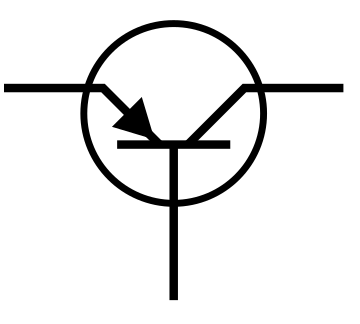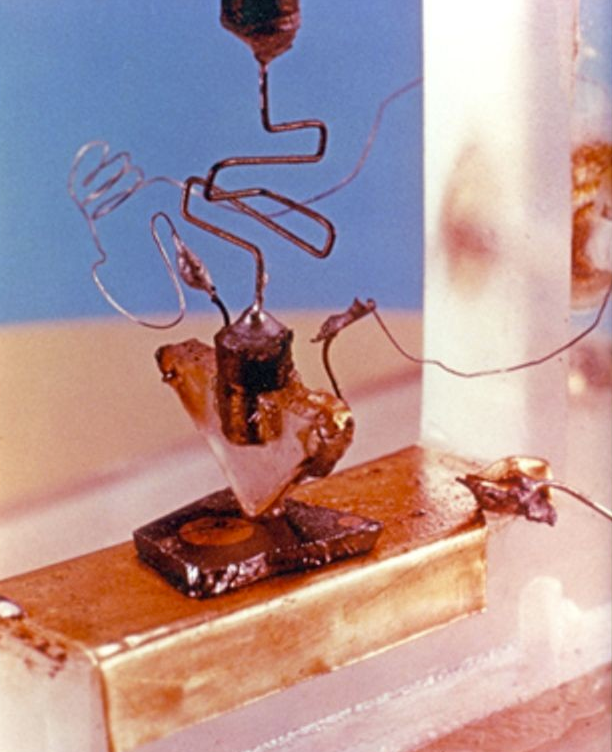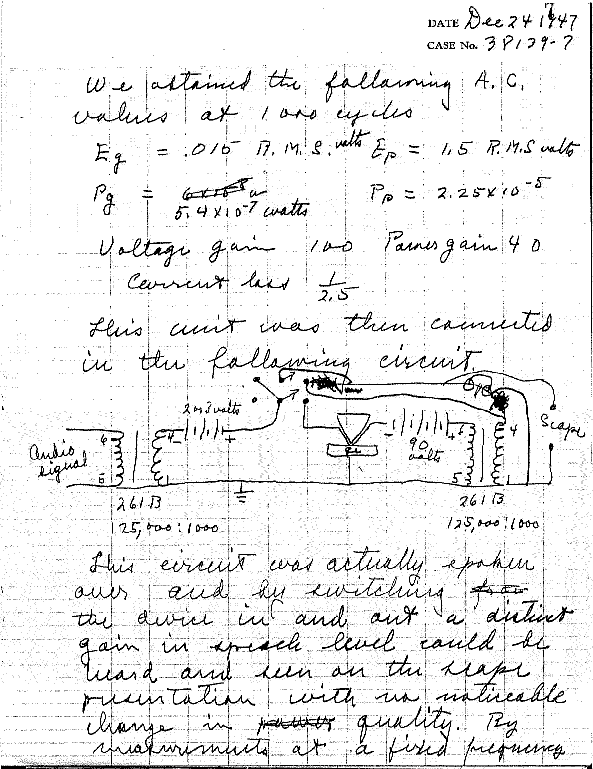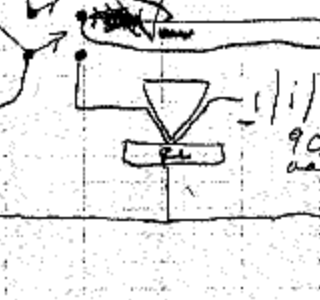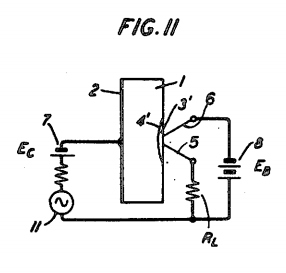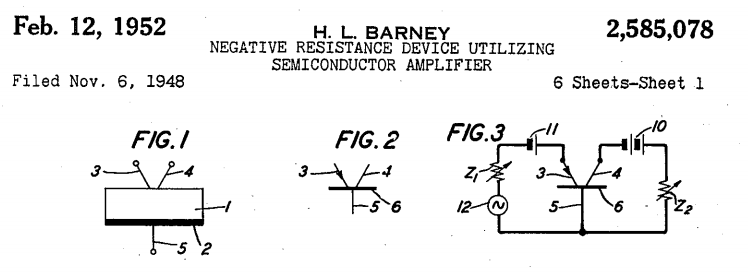ever wonder why the schematic symbol of a bipolar transistor looks the way it does? the two angled lines look particularly odd, but there is a fascinating historical reason for it!  https://abs.twimg.com/emoji/v2/... draggable="false" alt="🧵" title="Thread" aria-label="Emoji: Thread">
https://abs.twimg.com/emoji/v2/... draggable="false" alt="🧵" title="Thread" aria-label="Emoji: Thread">
first let& #39;s rotate the symbol 90 degrees so the base terminal is pointing down. still don& #39;t see it?
here& #39;s a photo of the first bipolar transistor. the semiconductor is a tiny sliver of germanium resting on a metal base. (yes, this is where the base terminal gets its name.)
and here& #39;s a page from Walter Brattain& #39;s lab notebook. this was an early test of the transistor& #39;s ability to amplify. note the little symbol he uses for the transistor!
here& #39;s a closeup. the triangle was a piece of plastic with a thin strip of gold foil glued to it. using a razor, Brattain& #39;s technician sliced the foil in two right at the very corner of the triangle, making the two closely-spaced emitter and collector contacts.
the transistor patent (2,524,035) uses a similar diagram but without the plastic triangle. now it& #39;s really starting to look like the familiar symbol!
the evolution of the transistor symbol becomes clear in a slightly later patent (2,585,078) by another Bell Labs researcher, Harold Barney.
(i can& #39;t go back and fix this, but i incorrectly identified the first transistor as bipolar when it is in fact a point-contact transistor. oops.)

 Read on Twitter
Read on Twitter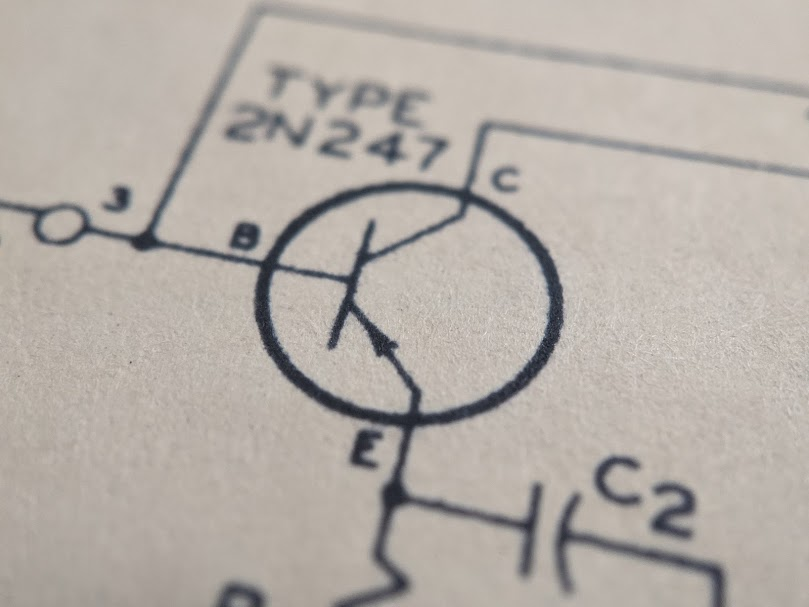 " title="ever wonder why the schematic symbol of a bipolar transistor looks the way it does? the two angled lines look particularly odd, but there is a fascinating historical reason for it! https://abs.twimg.com/emoji/v2/... draggable="false" alt="🧵" title="Thread" aria-label="Emoji: Thread">" class="img-responsive" style="max-width:100%;"/>
" title="ever wonder why the schematic symbol of a bipolar transistor looks the way it does? the two angled lines look particularly odd, but there is a fascinating historical reason for it! https://abs.twimg.com/emoji/v2/... draggable="false" alt="🧵" title="Thread" aria-label="Emoji: Thread">" class="img-responsive" style="max-width:100%;"/>
